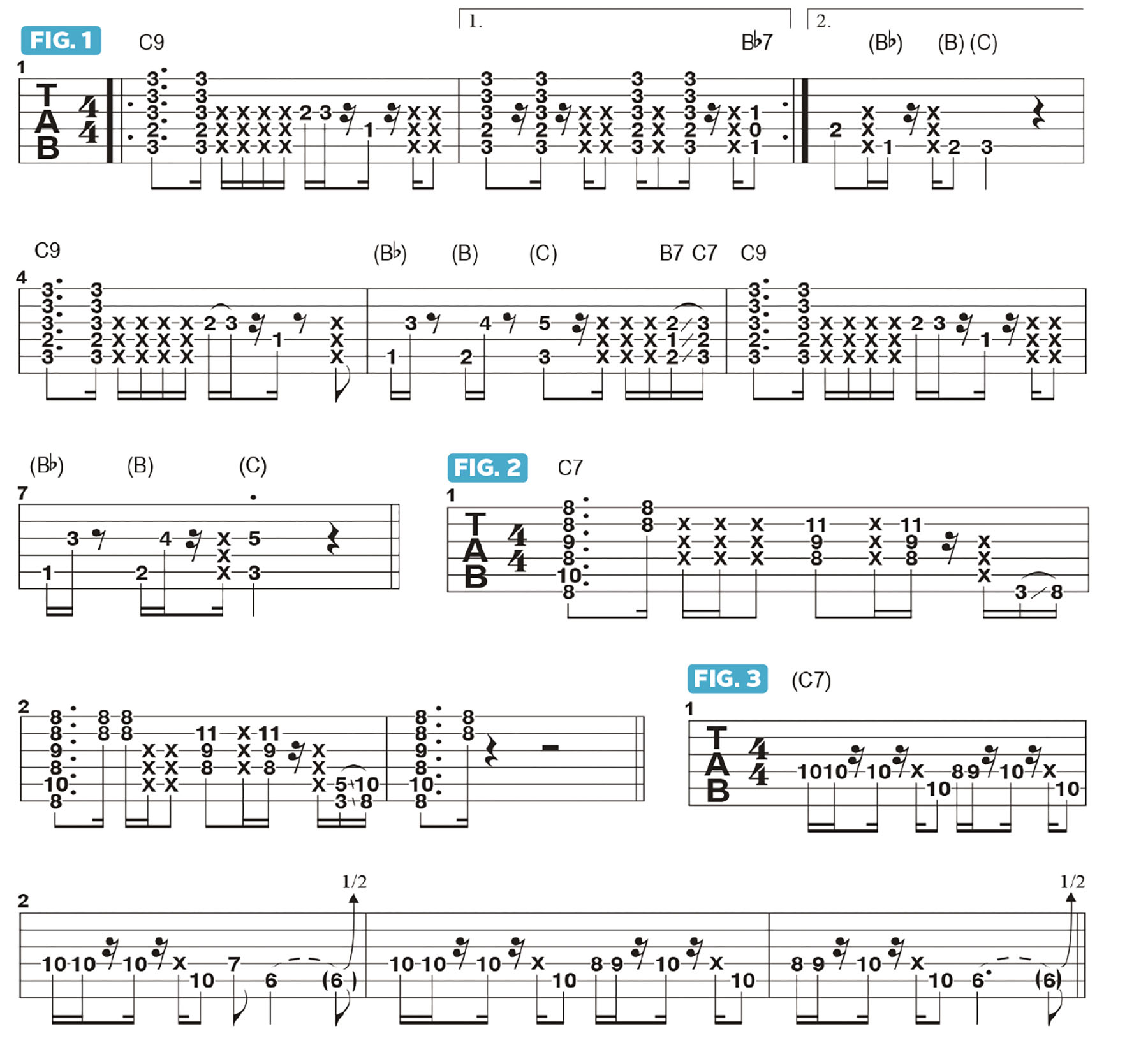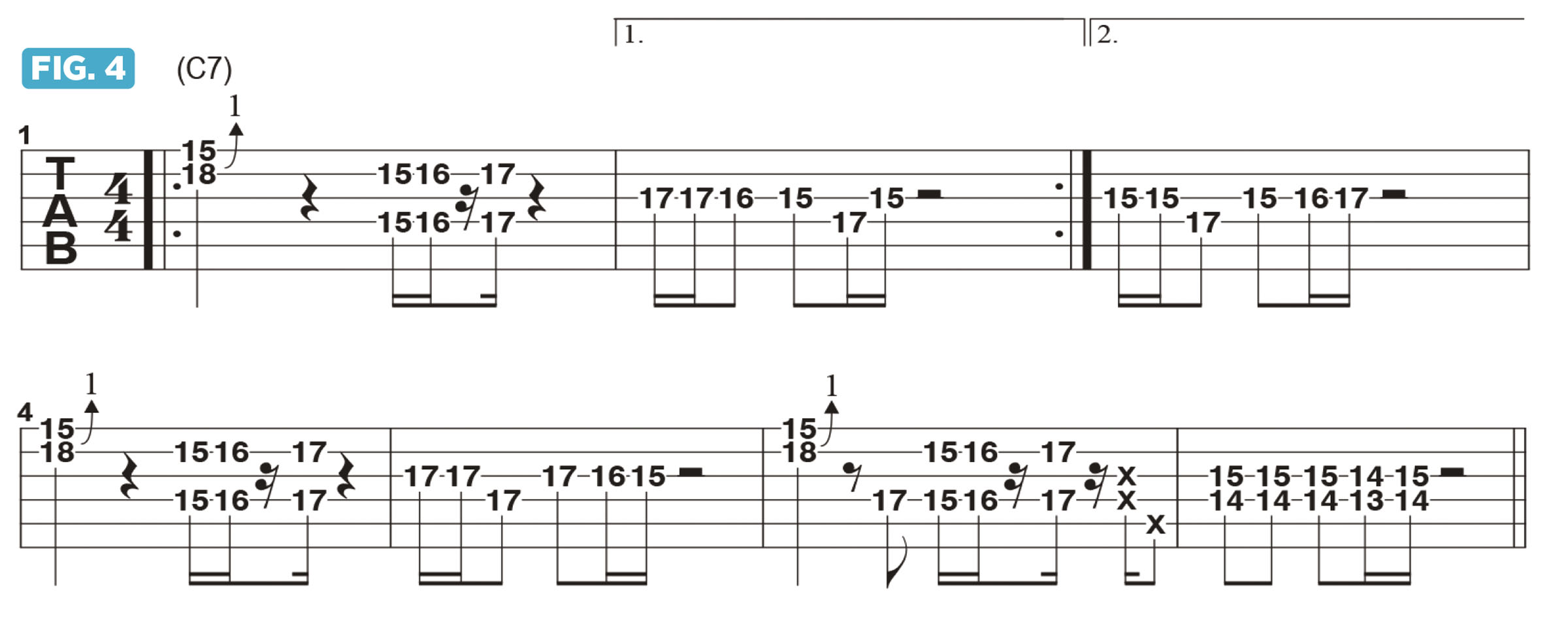“The first thing you need to do is listen to what the other instrumentalist is playing and see if what you’re doing can enhance that”: Cory Wong on the secrets of collaboration and how to stack and blend guitar parts that complement the song

This month, I’d like to talk about some effective approaches to weaving multiple guitar parts together, whether working with another guitarist or layering parts for a recording. In my previous column, I talked about how to devise rhythm guitar parts that best serve the song and the groove. For me, it’s not just about playing chords; it’s about finding compositional and “hook” elements in your playing.
A common question is, “How do you figure out what to do when there are two guitarists?” The answer is the same as for “What do I do when playing with a keyboard player?” or “What do I do when there’s a horn section?” It always comes down to knowing what my function and role are within this specific arrangement.
In some songs, I might be the one that’s driving the rhythmic momentum, and in others, my role might be to lay down a bed of harmony that sits in the background, like a cloud that “hugs” the whole tune together. Other times, my part might be out front as much as possible, such as during a guitar solo, serving as the focal point of the music.
I approach working with another guitarist in the same way I do with any other instrument: what is their role, what is my role, and how can we collaborate most effectively? The first thing you need to do is listen to what the other instrumentalist is playing and see if what you’re doing can enhance that by doing something similar, or something completely different.
One of the typical things I’ll do when layering parts is to play a chord-based figure and then add a single-note “bubbly” part.
Figure 1 offers a rhythm part built from a C9 chord that's embellished with simple single-note melodies. Throughout most of the pattern, my pick hand strums steady 16th notes in a down-up-down-up fashion; notice the use of muted-string accents and 16th and eighth rests, which add rhythmic contour to the part.
If I were to add a second part, it wouldn’t make sense to play Figure 2, which just sits on a C7 chord. I’d be more prone to play a bubbly single-note part such as Figure 3, which accentuates the 6th, A, and the minor 3rd, E, and adds a Meters-type vibe.
All the latest guitar news, interviews, lessons, reviews, deals and more, direct to your inbox!
We now have two completely different parts with different functions that mesh well together: one is based on a solid chord rhythm and the other is based on a melodic line played with a different tone.
Figure 4 offers another example of a melodic part, this time built from unison bends, 6th intervals and single-note lines. I begin with a high-G unison bend on the top two strings and then ascend chromatically in 6ths fretted on the D and B strings.
In bar 2, I switch to a single-note line that incorporates some chromaticism. This two-bar figure then repeats three times with slight variations.
Whatever you choose to play, your mindset should be, “how can I best serve the song, without taking away from the focal point,” be it a lead vocal or instrumental solo.
- This article first appeared in Guitar World. Subscribe and save.
Funk, rock and jazz pro Cory Wong has made a massive dent in the guitar scene since emerging in 2010. Along the way, he's released a slew of quality albums, either solo or with the Fearless Flyers, the latest of which are Starship Syncopation and The Fearless Flyers IV, both from 2024.
You must confirm your public display name before commenting
Please logout and then login again, you will then be prompted to enter your display name.



